First Published by
read full article HERE
Are you showering all wrong?
After a long day, there's nothing better than taking a hot, steamy shower or soaking in a relaxing bubble bath. But what should you reach for before lathering—a loofah, or a washcloth?If you’re like me, it’s the latter. In my opinion, there’s just something about that hideous spongy pouf ball that does not scream, "use me to get 100 percent clean." Not to mention that the texture of a loofah—even the plastic mesh variety!—is pretty harsh on the skin. Apparently, that's exactly the intent behind loofahs: to exfoliate and remove dead skin cells. But for me, when it comes to an end-of-the-day shower session, I want soothing and simple—not scratchy and complicated.
In my household, a loofah was always code for a "cheat bath." It might be a generational thing—or even cultural. In a brief poll of my friends, family, and colleagues, it seems that the general consensus among African-Americans is that the washcloth reigns supreme. But, of course, there hasn't been any official research on what race tends to use one or the other, so I can only speak for myself in that the idea of using a loofah to take care of my, er...um, nether regions doesn't seem ideal. It turns out, however, that most of you are divided on the issue, giving the slight edge to loofahs.
In a recent poll conducted on our official Instagram account, 1,693 respondents were #TeamLoofah, whereas 1,689 people were #TeamWashcloth. So it's clear you're (literally) divided on the matter.
But beyond personal preference, I had a lingering question: what's the shelf-life on the number of baths you can take with the same loofah without feeling as though you're wasting money on a cute shower accessory? And if I really think about it, I don't really know how long you're supposed to use a washcloth before washing that, either.
It turns out that the answer to whether to use a loofah or a wash cloth isn't black-and-white. In fact, it's more like a murky, microbiome gray area. And if we’re to believe the dermatologists and medical experts we sought out to settle the bath-time battle, apparently, neither side wins—at least where germs and bacteria are concerned.

Okay, so one is slightly better than the other.
Though most experts I spoke to agree that loofahs and wash clothes each present their own unique set of health and skin concerns, there's a little more positive feedback about washrags than their puffy kindred cousin. Surprisingly, however, a few experts said using your hands is actually the safest bet."Loofahs are natural exfoliants and help create more circulation on skin—but proceed with caution," says Elizabeth Trattner, a certified acupuncture physician who specializes in Chinese and integrative medicine. "Having worked on skin for more than 20 years, I advise my patients not to use a loofah. When hot water hits your body, your pores open and a dirty loofah can actually induce bacteria into your skin. On the other hand, when you step out of the shower, your pores close from the cold, allowing bacteria to get trapped inside."
Backing up Dr. Trattner's claims is Dr. Adarsh Vijay Mudgil, MD, medical director of Mudgil Dermatology. Dr. Mudgil is one of the few dermatologists to be certified in both dermatology and dermatopathology.
"Neither are necessary," explains Dr. Mudgil. "But if you’re going to choose one, wash cloths are much better than loofahs, provided you only use the cloth one time before washing it. Both can harbor bacteria, but loofahs are much more prone to doing so given all their 'nooks and crannies.'"
Michele Paiva, a psychodermatologist at PĀIVÄ Skincare, adds that a "loofah can drive old cells and debris into pores." And that especially applies to your face.
"I prefer clients to use their fingertips to cleanse the face, as they can feel the skin and connect mind to body," Paiva says. "It allows the skin to be cleansed thoroughly and gently. Case in point: estheticians use hands, not loofahs, for facials."
Wait, hands?
That's right! Scrubbing up with your hands is recommended.
"It’s best to just wash with our hands," suggests Erum Ilyas, MD, MBE, FAAD. "Loofahs have been well-documented reservoirs of bacteria. They have been shown to grow Pseudomonas, Klebsiella, Enterococcus, Staphylococcus, and more. If you couple the fact that the bacteria are trapped in the fibers of the loofah and that these sponges are used to exfoliate the skin, the risk of infection is much higher. Meanwhile, our hands can be easily cleaned."
She continues: "If you're seeking the exfoliation that loofahs or cloths can provide, try using scrubs that rinse down the drain. Sugar scrubs, apricot scrubs, or any kind of gritty cleanser can achieve the same results."
Got it! But I'm not completely sold on using my hands. What else can I use?
If the idea of bathing with just hands and a bar of soap doesn't sound appealing or hygienically friendly, Dr. Trattner—who is known for her signature gemstone acupuncture facial—offers an interesting alternative."I actually prefer makeup remover mitts that are made of a special material, as they scratch less than washcloths or loofahs and can be washed repeatedly. The carbon footprint is actually lower because of the reuse factor."
Sorry. I can't part ways with my precious loofah or cloth. How can I make it safer?
First, you have to know when it's time to toss or launder both. Over time, leaving anything wet just lying around will produce bacteria, and the shower area is breeding ground for the worst germ culprits. If your loofah or rag has a mildewy or moldy smell—or you're left feeling itchier than when you took a bath—it's time to throw it away.Keeping a loofah for 60 days is sufficient as long as you are sterilizing it on a regular basis.
"I understand that many people love the 'polished' feel of their skin after using loofahs, especially if you struggle with dry, flaky skin or, conversely, excessively oily skin" says Ilyas. "If you're determined to use it, then measures must be taken to keep a loofah clean. Washing these routinely with a bleach solution is important. I also recommend placing a hook in the shower to hang your loofah in order to allow it to dry completely after use."
Dr. Paul Dean, a certified dermatologist at Grossmont Dermatology Medical Clinic in San Diego, suggests another location for your loofah: the dishwasher.
"Keeping a loofah for 60 days is sufficient as long as you are sterilizing it on a regular basis," says Dr. Dean, who is also the founder of Skin Resource.MD cosmeceuticals. " If using a loofah, put it in the dishwasher on the top rack as often as you can to sanitize it. By doing this, you will avoid bacterial contamination."
As far as washcloths, Dr. Trattner adds that they should be used one time only and then thrown out or laundered.
"Dead skin cells are on a wash cloth that's just sitting on a sink or even hanging," she says. "If you must reuse, wash with hand soap and hang dry in a sunny place with air movement in outside the sink, bath, and shower. Buy cheap white ones that can be washed in hot water with Borax and eco-friendly, no-fragrance soap. And skip the fabric softener because it can cause itching and rashes."
Final Verdict: I'm still team bath cloth. Sorry, loofah fans. But considering this expert advice, I know that washcloth lovers like myself should either throw away their wash cloths with every use or wash them properly every time. Lesson learned. Now, as always, sound off in the comments about your preference.
For more ways to live your best life plus all things Oprah, sign up for our newsletter!


